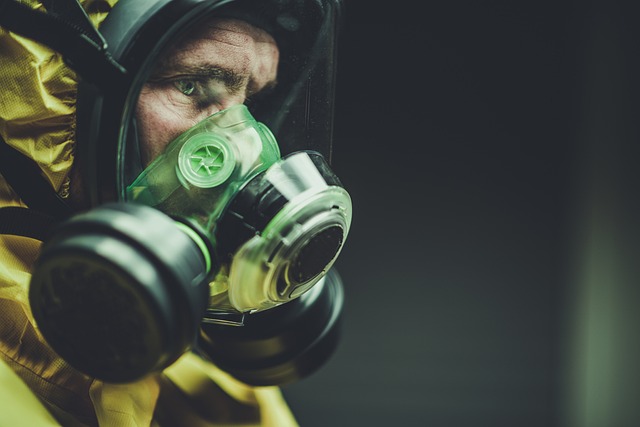Understanding Emerging Viral Threats
Our connected world means new viruses can emerge and spread rapidly, impacting global health. Often jumping from animals to humans, these viruses require swift action. Understanding how they transmit and taking preventative steps are key to limiting their reach and protecting communities.
Recognizing Potential Symptoms
Symptoms of new viral infections vary greatly, but often include common signs like fever, cough, fatigue, muscle aches, headache, or sore throat. Some viruses cause respiratory issues, while severe cases might lead to complications like pneumonia or organ failure. Crucially, symptom presentation can differ significantly between individuals and viral strains. If you experience concerning symptoms, especially after potential exposure (travel, contact with an infected person), seek medical advice promptly.
How New Viruses Spread

Knowing how a virus spreads is crucial for prevention. Many viruses travel through respiratory droplets – tiny particles released when an infected person coughs, sneezes, talks, or breathes. Close contact or touching contaminated surfaces then touching your face can also spread infection. Some viruses use other routes, like contaminated food/water or insect vectors (mosquitoes, ticks). Understanding the primary transmission routes helps prioritize measures like masks, handwashing, and distancing.
Prevention: Protecting Yourself and Others
- Wash your hands frequently with soap and water for at least 20 seconds.
- Wear a well-fitting mask in crowded or indoor public settings, especially if recommended by health authorities.
- Maintain physical distance (e.g., 6 feet or 2 meters) from others where possible.
- Avoid touching your eyes, nose, and mouth with unwashed hands.
- Cover coughs and sneezes with a tissue or your elbow, then wash your hands.
- Stay home and isolate if you feel sick.
- Follow public health recommendations regarding vaccination when available.
Following these core public health measures provides layered protection against infection.
What to Do If You Suspect Infection
If you think you might be infected with the new virus, take these steps: 1. **Contact your healthcare provider immediately.** They can advise on symptoms, testing, and next steps. 2. **Isolate yourself** from others to prevent spreading the virus while awaiting guidance. 3. Follow all medical advice regarding care and treatment. 4. Inform close contacts about potential exposure so they can monitor their health and take precautions. 5. Stay updated with guidance from public health authorities.
The Role of Public Health Agencies

Public health agencies (like the WHO and national bodies like the CDC) lead the charge against new viruses. They track outbreaks, investigate spread, develop prevention strategies (including vaccine recommendations), and provide reliable information to the public and healthcare workers. Following their guidance is vital for a coordinated and effective response that protects everyone.
Trusted Resources

For the latest official information and detailed guidance on new viral threats, consult these trusted public health organizations:
